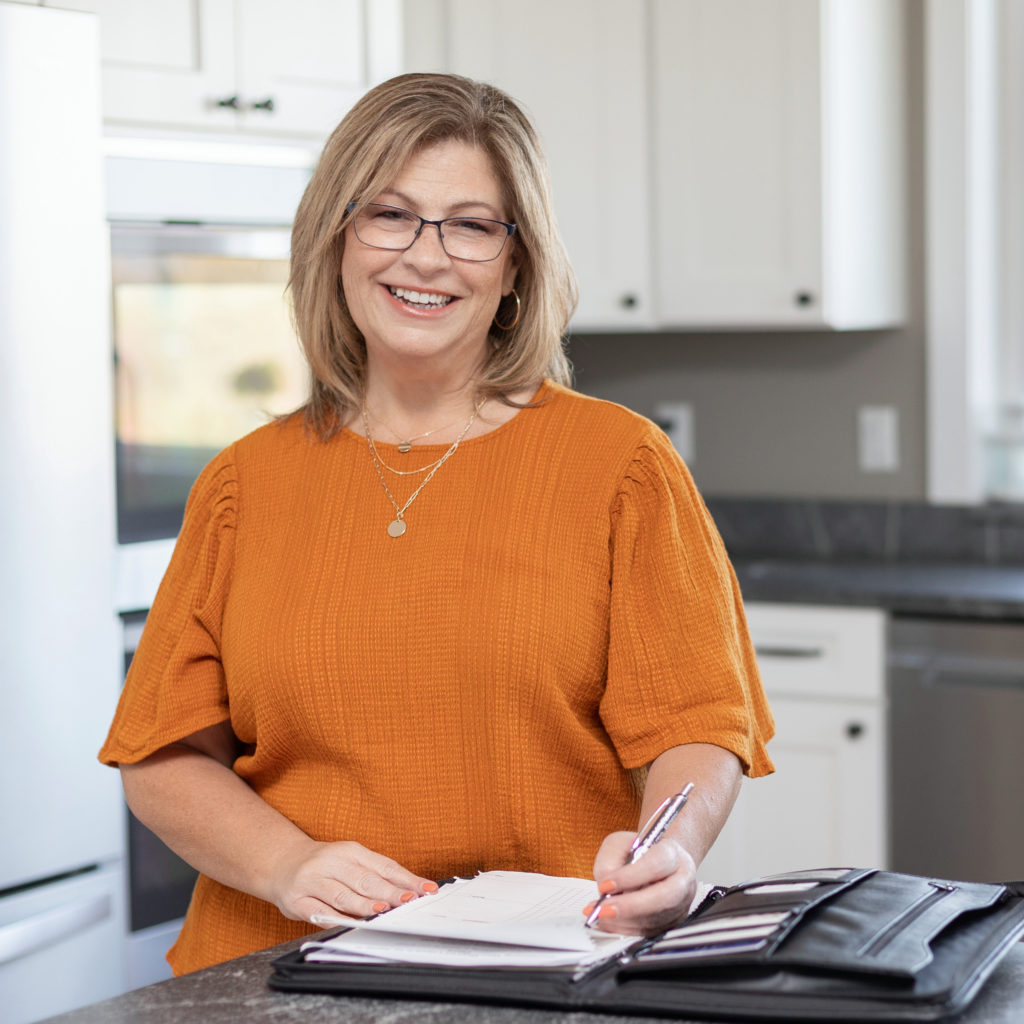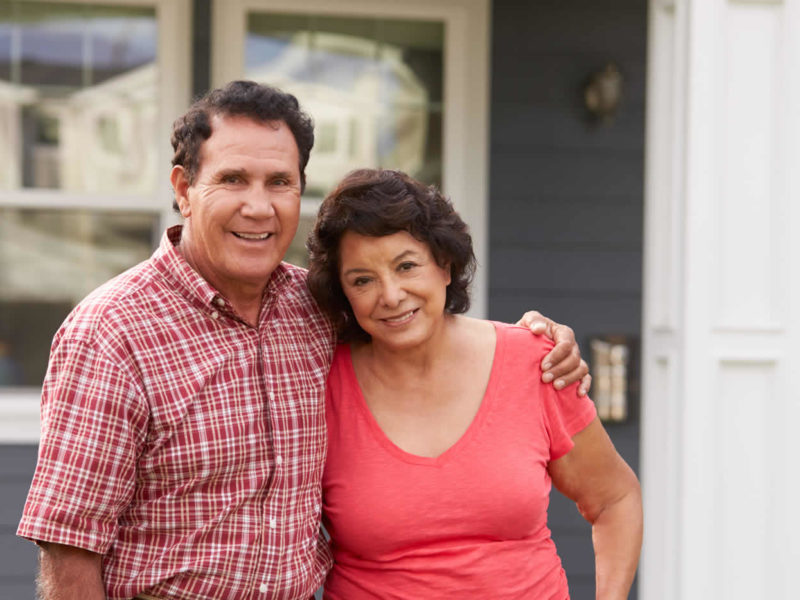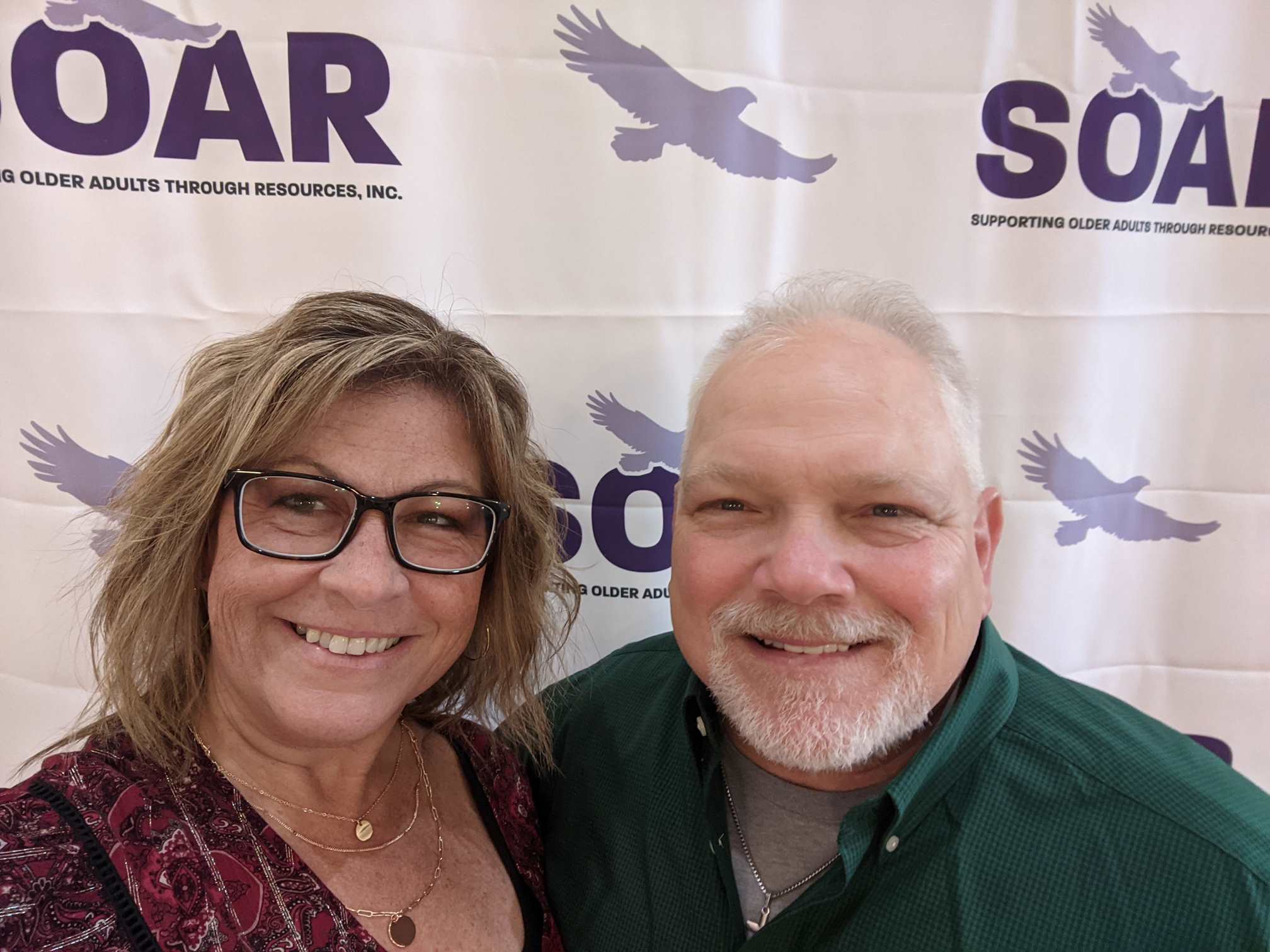Aging in place planning can help protect the health, well-being and lifestyle of older adults
Aging in Place Definition
Aging in place means living in the home of your choice as you grow older, while being able to get any support you need.
Aging in place is a relatively simple idea: If you plan and take action to prepare the various parts of your life, you will increase your chances of being able to keep living life, as you choose, for longer.
For seniors who want to age in place, this means understanding what life will likely be like later, and creating a plan that will help you navigate the coming changes. Your needs will most likely change progressively, so it also should include how you are going to get any help you may need as your needs change.
Growing Popularity
The idea of aging in place is becoming more newsworthy. Mainly, because folks are beginning to see how important it is. But, also because people don’t really want to move from the home they love just because they get a little older.
That’s one of the reasons people are opting to age in place. By doing some planning, they can choose where they want to live, how they want to live, and make preparations for changes later in life.
At Healthy Home Living Solutions, we help people live happier, healthier lives in homes that are easier to live in. I am a Certified Aging in Place Specialist, Occupational Therapist, and Aging Life Care Manager ® with special expertise in home accessibility. We are located in Frederick County, MD and serve families in the entire area.
Aging in Place Remodeling
One major component of aging in place is your home. Specifically, making changes to your home so it is easier to live in, more comfortable, and safer for you. These aging in place remodeling steps play a big part in getting your home ready for later life. Here’s why.
Most homes aren’t designed properly
The truth is, nearly every home in the United States was designed to meet the needs of a perfectly healthy 20-year old who has average abilities. That, of course, leaves out everyone else.
Homes aren’t typically designed to be easy to live in, much less easy to get in and out of, or to provide easier ways to do the things you need to do in daily life.
The average person goes through many changes as they grow older, including changes with our bodies, minds and abilities. These changes can become more impactful the older we become.
The basic changes to a home
Since the goal is to keep you safe, healthy and happy, we recommend a few basic changes to make in your home to help support that effort.
Thankfully, home design for aging in place has improved so much over the last decade. Today, home remodeling professionals can leverage home accessibility, Universal Design and home remodeling to help you create the home you need. One that will meet your needs now and later in life.
Here are some of the features we recommend for aging in place remodeling:
Main floor living – What this means is having what you need for daily life on one floor of your home and that floor is easily accessed. This includes a bathroom, kitchen, bedroom and laundry.
Kitchens – We spend so much time in the kitchen that it makes sense to have one that is easier to use, so we can accomplish our daily living tasks. Features may include:
- Seated work areas
- Multi-height counters
- Sit-down sinks and stove tops (roll-under)
- Task lighting
- Universally designed appliances, easily reached and operated
- Lever handle or touch sink controls
Bathrooms – The majority of injuries and accidental deaths at home happen in the bathroom. That is why you must have a bathroom set up for safety. Features may include:
- Grab bars
- No-step showers (zero-threshold or roll-in showers)
- Built-in or placed shower seats
- No-slip flooring
- Lever water controls and lever door handles
- Anti-scald devices
- Comfort-height toilets
Bedrooms – Having a safe and accessible bedroom is key to maintaining your quality of life. Features may include:
- Plenty of open space
- Clear and uncluttered pathways
- Adequate storage space
- Accessibly designed closets
Other areas – Features may include:
- Hallways and doorways that are wider
- No steps (or steps with railings on both sides, ramps or stair lifts)
- Light switches that are easily reached
- Lever handled doorknobs
We can help you create the home you need for aging in place. We partner with some of the best accessible home remodelers in the Frederick County, MD area to ensure your home project is completed exactly the way it needs to be, and works for you.
It’s more than just your home
Many people don’t realize that aging in place is more than just home remodeling. That is a big part, but not all of it. To be able to age in place and maintain a high-quality life, you may need to get help from others.
The truth is, at some point most everyone will need something, be that in-home care, lawn or home maintenance, transportation, medical care at home, or even added social interaction.
When you are building your plan for aging in place, make sure you take into account these, and other parts of your life, that may require assistance from someone later on.
We are not suggesting that you contract with various organizations or businesses now. Rather, learn about areas you may need help in later, then verify you can get it where you live.
Some common types of services you might need could include:
- Home repair and maintenance
- Financial planning
- Lawn care
- Transportation
- In-home care (medical or non-medical)
- Companion care
- Legal assistance
- Housekeeping assistance
- Social or faith-based activities
- Money management
- Monitoring or check-ins
- Assistive technology products
Occupational Therapist, Aging Life Care Professional, Certified Aging in Place Specialist

Terri Lemere, M.S., OTR/L, CAPS and Aging Life Care Professional has been a practicing Occupational Therapist (OT) for 23 years.



